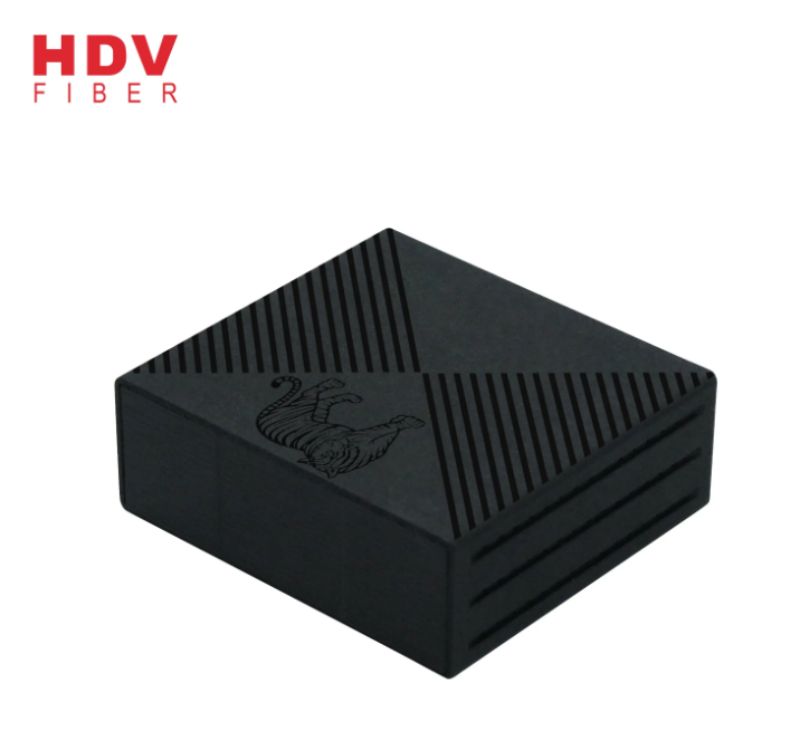In the era of information explosion, almost everyone needs to access the internet, and almost every place is equipped with the network and the network cable, but you may not know that although the network cable looks the same, there are actually different categories. Here, this article will compare the widely used Cat5e (super 5) network cable, Cat6 (6) network cable, Cat6a (super 6) network cable and Cat7 (7) network cable, in order to help you choose the right network cable.
Network cable is also known as network jumper and twisted pair, it is usually used with RJ 45 crystal head, because it is cheap and is widely used in the LAN, and network cable is the most common transmission medium in integrated wiring.
Cat5e works in the same way as the Cat6 network cable, both has the same type of RJ-45 plug, and can be plugged into any Ethernet jack on a computer, router, or other similar device. Although they have many similarities, they have some differences, Cat5e network cable applied in Gigabit Ethernet, transmission distance up to 100m, and can support 1000Mbps transmission speed. The Cat6 network cables can provide transmission speeds of up to 10 Gbps in a 250 MHz bandwidth. The transmission distance of Cat5e network cable and Cat6 network cable is 100m, but when using 10 GBASE-T application, the transmission distance of Cat6 network cable can reach 55 m. The main difference between Cat5e and Cat6 is the transport performance. The Cat6 cable has an internal separator that reduces interference or proximal crosstalk (NEXT). It also improves distal crosstalk (ELFEXT) than the Cat5e cable, and has lower echo loss and insertion loss. So ,the Cat6 cable has better performance. The Cat6 network cable supports transmission speeds of up to 10G and has a frequency bandwidth of up to 250 MHz, while the Cat6a network cable can support a frequency bandwidth of up to 500 MHz, twice that of the Cat6 network cable. The Cat7 network cable supports a frequency bandwidth of up to 600 MHz, and also supports 10 GBASE-T Ethernet. In addition, the Cat7 network cable greatly reduces crosstalk noise compared to the Cat6 and Cat6a network cable. Cat5e Network cable, Cat6 cable and Cat6a cable have RJ 45 connector, but the connector of Cat7 cable is more special, its connector type is GigaGate45 (CG45). At present, Cat6 cable and Cat6a cable have been approved by TIA / EIA standards, but Cat7 cable does not.
Cat6 network cable and Cat6a network cable are suitable for home use. Instead, if you are running multiple applications, you should better choose Cat7 network cable, because it can not only support multiple applications, but also have better performance.
The above is a brief explanation of the differences between common network cables. The network products of Shenzhen HDV Phoelectron Technology Co., Ltd. are all equipment produced around network products, including ONU series / OLT series / optical module series / transceiver series and so on. In order to create a more excellent network equipment, our company is equipped with a professional research and development group, to provide customers with high-quality technical support services, welcome to demand personnel to understand our products.






